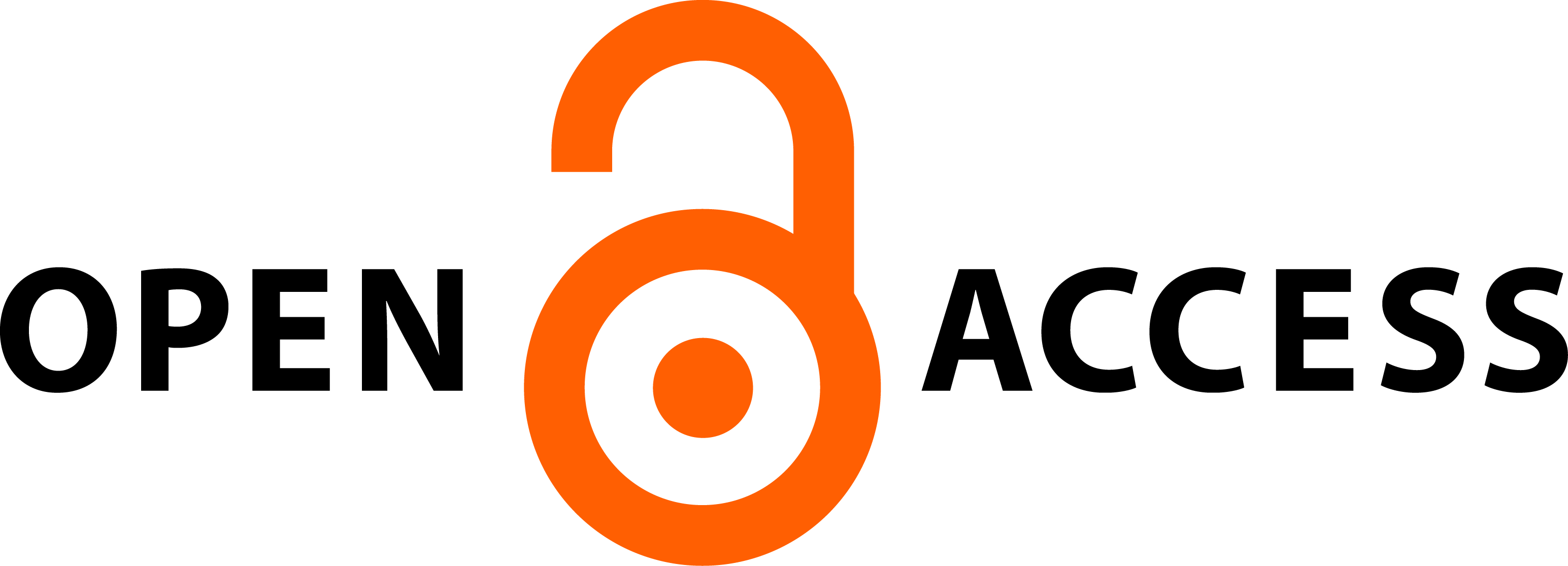A MAGYAR NYELV AREÁLIS EURÓPAISÁGA
Absztrakt
A magyar nyelv beszélőközössége a honfoglalással indoeurópai nyelvű népek közé került. Ahhoz, hogy a magyar nyelv fennmaradjon, idomulnia kellett az indoeurópai nyelvekhez. Tömegesen vett át latin, német és szláv szavakat. Nemcsak az indoeurópai nyelvek hatottak a magyarra, hanem a magyar is hatott rájuk. Különösen erős magyar hatás érte a bunyevác és a ruszin nyelvet. A magyar nyelv areális tipológiai szempontból a dunai nyelvszövetség tagjai közé sorolható, az indoeurópai nyelvekkel való folytonos kapcsolata nyomán formálta arculatát. A magyar nyelv rendszerében sajátos módon ötvöződnek a hagyományos elemek és az indoeurópai minták. Indoeurópainak számít a jelzői értékű hátravetett határozó és a jelzőt helyettesítő vonatkozó mondat. A jövő idő kifejezésére használt körülírásos forma, illetve a ható igealak helyettesítése a tud ige és a főnévi igenév kapcsolatával szintén indoeurópai hatásról tanúskodik. A magyar nyelvnek és az indoeurópai nyelveknek a kapcsolatát az is befolyásolta, hogy az évszázadok során a magyar nyelvet sok asszimilálódott német és szláv sajátította el. A magyar nyelv szerkezetét ért indoeurópai hatások nem voltak olyan mérvűek, hogy miattuk ez a nyelv indoeurópaivá vált volna.
Hivatkozások
Balázs János. 1983. Az areális nyelvészeti kutatások története, módszerei és főbb eredményei. In Areális nyelvészeti tanulmányok. 7–112. Budapest: Tankönyvkiadó Vállalat.
Bárczi Géza. 1932. A „pesti nyelv”. Budapest: Magyar Nyelvtudományi Társaság.
Décsy Gyula. 1973. Die linguistische Struktur Europas. Vergangenheit – Gegenwart –Zukunft. Wiesbaden: Harrassowitz.
Fludorovits Jolán. 1937. A magyar nyelv latin jövevényszavai. Budapest: Magyar Tudományos Akadémia.
Fodor István. 1984. Van-e a Dunatájnak egységes nyelvi alkata? Magyar Nyelv 80 (1–2): 36–47, 177–186.
Győrffy István. 1939. A néphagyomány és a nemzeti művelődés. Budapest: Egyetemi Néprajzi Intézet.
Kálmán Béla. 1981. A magyar nyelv európaisága. Magyar Nyelv 77 (2): 129–136.
László Gyula. 1978. A „kettős honfoglalás”. Budapest: Magvető Könyvkiadó.
Madách Imre. 2005. Az ember tragédiája. Szentendre: Mercator Stúdió.
Molnár Csikós László. 1980. A jelzői értékű hátravetett határozós, a vonatkozó és a melléknévi igeneves szerkezetek használata a jugoszláviai magyar köznyelvben.Újvidék: Hungarológiai Közlemények 12 (44): 59–87.
Molnár Csikós László. 1997. Mennyire vált európaivá a magyar nyelv? Híd 61 (5): 358–366.
Molnár Csikós László. 2000. Magyar eredetű igék a bunyevácok nyelvében. Újvidéki Rádió, Nyelvművelő jegyzetek, december 2.
Molnár Csikós László. 2001. Magyar igék a kárpátukránban. Újvidéki Rádió, Nyelvművelő jegyzetek, február 17.
Pusztay János. 2003. Közép-Európa: nyelvi konvergenciatáj. Fejezetek a nyelvi egységesülésvizsgálatához. Szombathely: Dissertationes Savariensis 30.
Skalička, Vladimír. 1968. Zum Problem des Donausprachbunde. Ural-altaische Jahrbücher 40: 3–9.
Szűcs Tibor. 2013. A magyar nyelv és kultúra areális helye Európában, Hungarológiai Évkönyv 14: 226–234.
Szvatkó Pál. 1938. Indogermán magyarok. Apolló 4 (1–2): 7–34.
Zaicz Gábor, főszerk. 2006. Etimológiai szótár. Magyar szavak és toldalékok eredete. Budapest: Tinta Kiadó.








